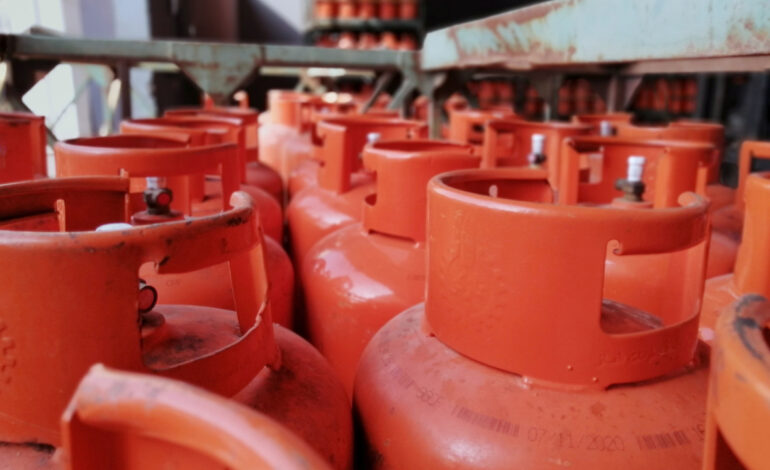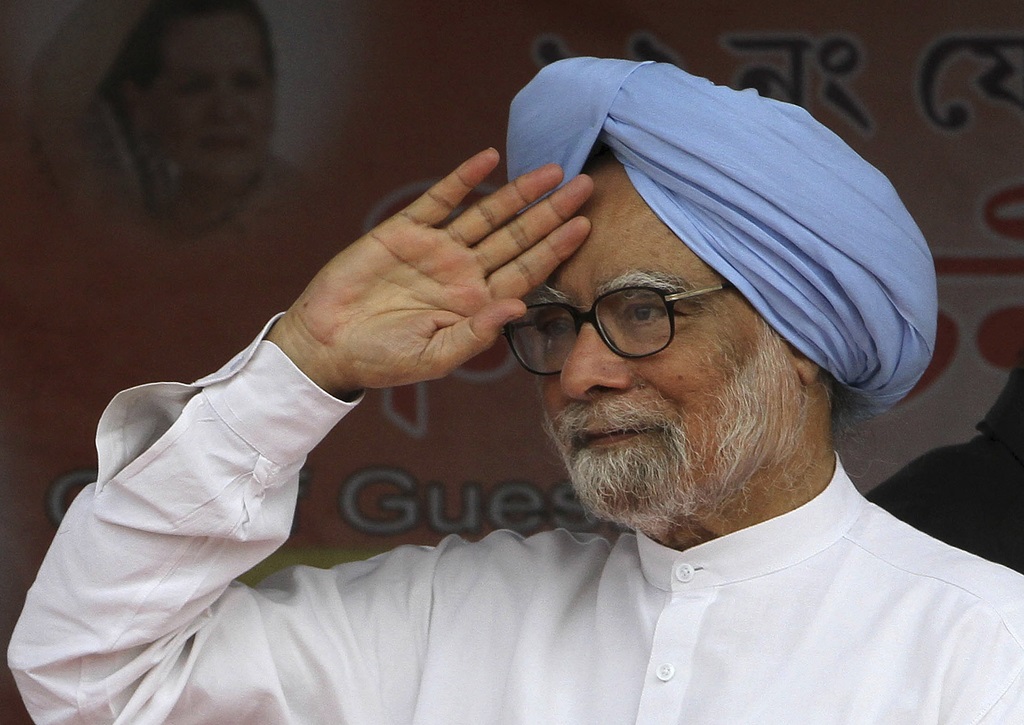Cooking gas safety: How to install, store and use your LPG tanks

Many homes rely on the use of liquefied petroleum gas (LPG) tanks for all of their household cooking.
When improperly handled and stored, these tanks can become the catalyst for massive fires and serious injuries.
Here are some tips to ensure safety standards are maintained from the point of purchase to a hot, hearty, home-cooked meal.
1. Only purchase your cooking gas tanks from authorised dealers.
2. When purchasing LPG tanks, check the company seal and safety cap on the cylinder at the time of delivery.
3. Don’t accept the tank if the seal is broken, shows any sign of leakage, damage or missing rubber (also called the “O” ring).
4. Purchase regulators that conform with the recommended standard EN12864 and EN16129, and hoses in compliance with the national standard ‘TTS/ANSI/UL 569:2011: Pigtails and Flexible Hose Connectors for LP-Gas’). It’s recommended that hoses be changed every five years and regulators every 10 years (or earlier, if damaged or through normal wear and tear).
5. Don’t use an open flame to detect leaks. Check for gas leaks by using the soapy water test before putting the new cylinder into use – mix a teaspoon of soap in water, and spray or put the solution on the area that you suspect is leaking. If bubbles start to show up, it’s an indication that you have a leak. The test should be performed at the connections between the regulator and the valve, the regulator and the hose and the hose and the stove, before use.
6. When installing the gas tank, position the cylinder upwind and at least 1.5m or five feet from the cooking appliance or any source of ignition, like open flames and air conditioning compressors.
7. Ensure proper ventilation by opening up the doors and windows in your kitchen.
8. Do not place flammable or plastic items near the flame.
9. Don’t leave your cooking unattended.
10. Wear clothing that doesn’t catch fire easily.
11. Close the regulator knob to the off position when cylinder is not in use.
12. Always store the LPG tank in an upright position, in a cool, well-ventilated area.






